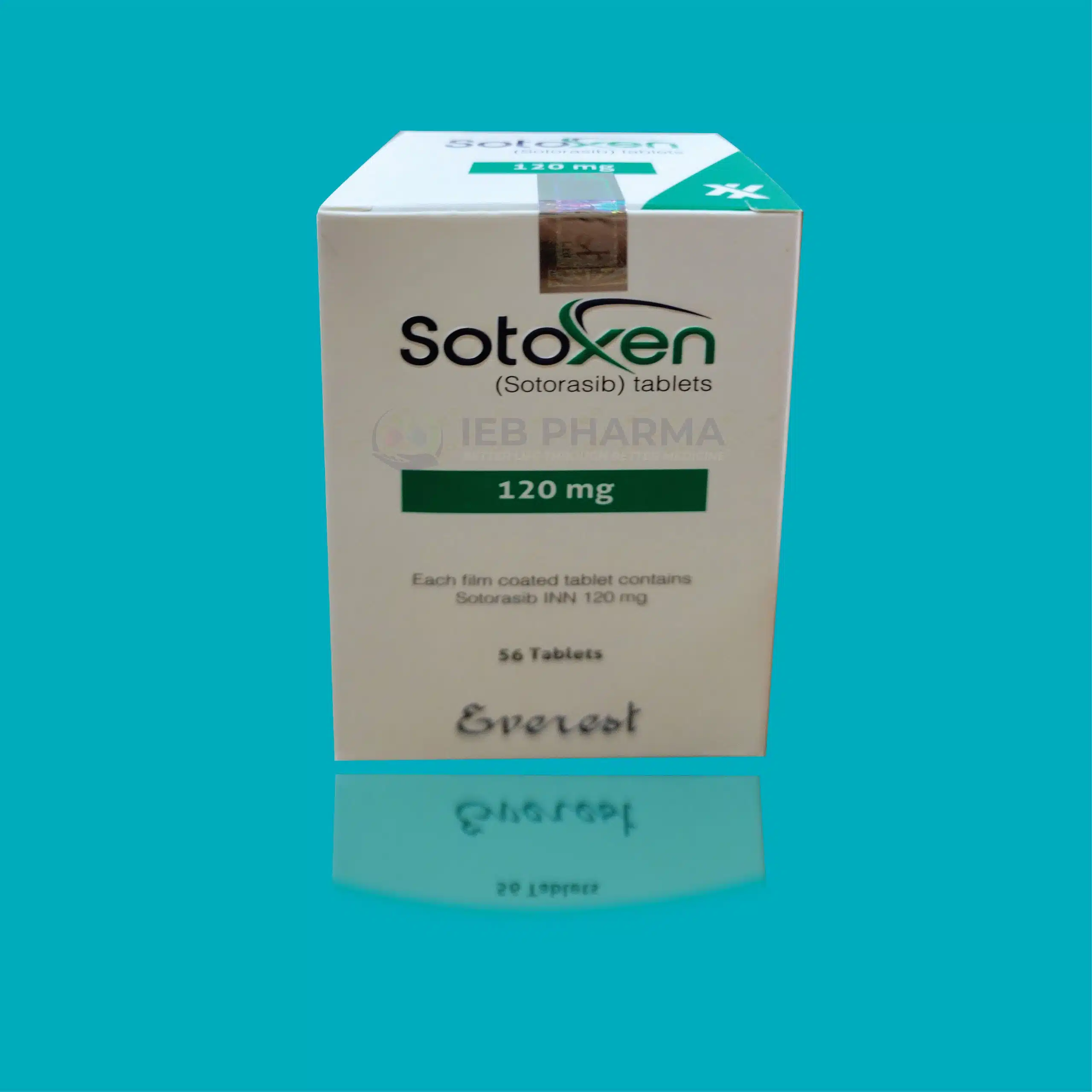|
|
Has your cancer diagnosis made you feel like you’ve lost control over your body? Have you experienced fatigue or feelings of fear, anger, sadness, and helplessness? These are all common feelings when living with cancer. Still, they can be difficult to understand and navigate. When these feelings interfere with your ability to stay physically healthy and active, it can affect your mental health. Maintaining an active lifestyle can help you regain control over your body and support your mental well-being. Staying active can also help boost your energy. The American College of Sports Medicine recommends that people with cancer build up to doing moderate-intensity aerobic activity for at least 150 minutes (or 75 minutes of vigorous activity) each week.1 The ACSM suggests starting with a few minutes of activity, gradually building up to 30-60 minutes over the day. The group also recommends doing strength training (starting with light effort) a few times a week to help build muscle.1 Ready to get moving and breathing? Try these 3 tips to create an exercise plan that's comfortable for you: 1. Learn the benefits of exercise. Daily exercise has been shown to improve symptoms of depression, release muscle tension, and reduce levels of cortisol, a stress hormone.
When you exercise, chemicals called endorphins are produced in the brain, spinal cord, and many other parts of the body. Endorphins can decrease your awareness of pain and trigger positive feelings in the body. Exercise can also: Keep or improve your physical abilities Improve balance and lower risk of falls or broken bones Improve blood flow and lower risk of blood clots Improve self-esteem Improve sexual functioning Lower risk of anxiety Sotoxen 120 mg (Sotorasib) depression Reduce impact from side effects such as nausea and fatigue Lower risk of heart disease and osteoporosis Improve sleep Help prevent or improve cognitive symptoms Help maintain a healthy weight Yoga Can Boost Your Mood Even gentle, low-impact exercise like yoga can reduce stress hormones and increase endorphins in the body. Another plus? You don’t need to go to a yoga studio to get the benefits. Try our slow-flow yoga class at your own pace, from the comfort of your home. Take Our Free Slow-Flow Yoga Class Now Watch this short video as a breast cancer survivor shares how yoga and meditation helped her during treatment.

Consult with your healthcare team. Before deciding on what exercises you should do, talk to your healthcare team to see what activities will work well with your current diagnosis and treatment. You’ll also want to ask about any precautions you should take. Factors like your age, type and stage of cancer, and treatment side effects are all important considerations.2 Here are some questions to ask your healthcare team: Is my body and heart healthy enough for me to exercise? What type of exercise is safe and beneficial for me? What precautions should I take when it comes to exercising? How often should I exercise? When should I not exercise? Aerobic Exercise Vs. Strength Training: What’s the Difference? Both types of exercise offer many potential health benefits. Aerobic activity (also sometimes called cardio) can be great for strengthening the heart and lungs.3 Think: running, cycling, swimming, walking, or playing tennis. Strength training is an anaerobic form of exercise. It can help maintain and enhance muscle mass, among other things.4 3. Create an exercise plan.
|
|